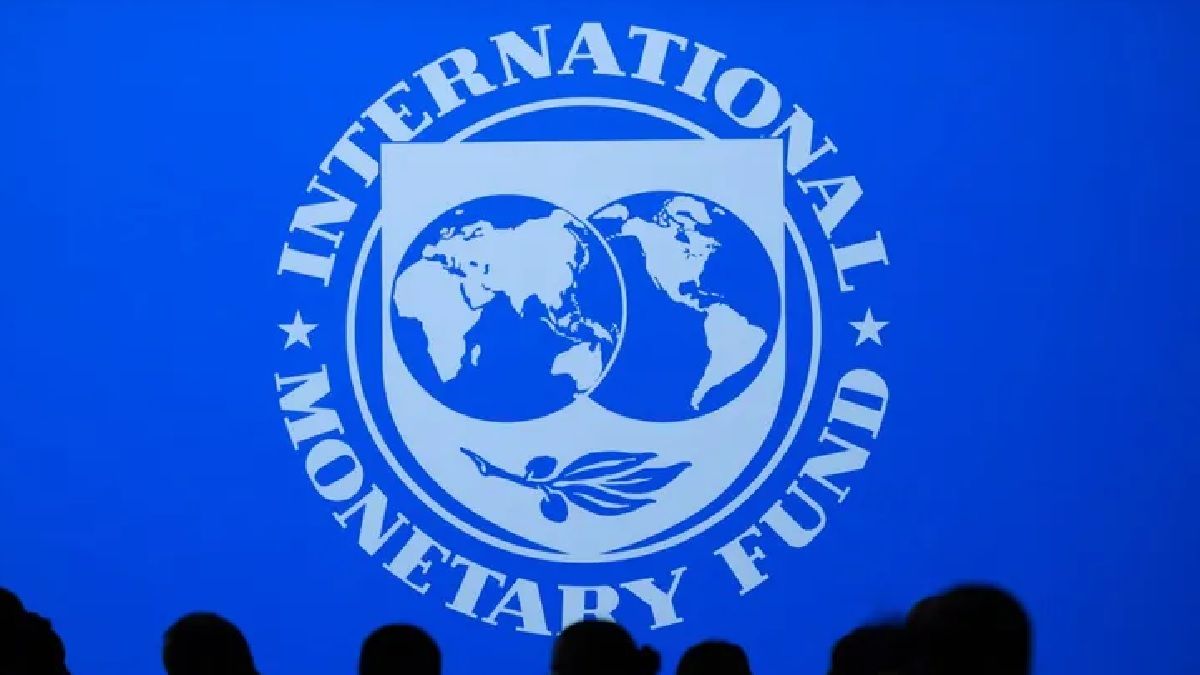2023
Yet the same FIDE states that “for next year, the goals of the agreement with the IMF are more demanding, especially those linked to the external sector.” This is so because, according to official information from the Ministry of Finance, in 2023 the a net return to the IMF of Special Drawing Rights for almost 750 million dollars and facing interest payments with this organization for almost 3,500 million dollars, due in part to the fact that rates have almost doubled compared to last year, because they are tied to the rate set by the Federal Reserve, which has increased considerably since the agreement was signed. must also be paid interest from the restructured bonds for 4,000 million dollarsand it shall increase the stock of reserves by 4,800 million dollars above the 44,588 million at the end of 2022.
As reported by the CIFRA Center of the CTAthe trade balance that our country must have in 2023 to meet financial needs and the accumulation of reserves, should be 15,054 million dollars, something that could only happen with a “favorable wind” for the Argentine economy in an extremely complex international scenario. Since FIDEfor their part, point out that “we understand that external funds will be sufficient to meet only the growth needs of the real economy, although We do not observe that there are significant remnants to accumulate in reserves”.
In relation to the other two goals, monetary and fiscal, they are maintained as in the original agreement, which implies that the government should continue the adjustment started in September of this yeareven when facing an election year, if one takes into account that 2023 will show modest growth, projected in the Budget in just 2 percent.
Punctually, the BCRA financing to the Treasury should not exceed 0.6% of GDP this year and zero by 2024, while the primary fiscal deficit should not exceed 1.9% of GDPthat is, 0.6 percentage points less than last year, where growth was close to 5 points, and below 0.9% by 2024.
But not only the government faces a major challenge due to the need to accumulate foreign currency and to make an adjustment in spending. The agreement with the IMFwhich maintains the idea of considering the market as the best allocator of resources, limits it in potential economic regulations that it could apply in the face of changing local and international dynamics.
In fact, during the December review of the third quarter, the government he also had to request “waivers of non-observance”that is, IMF waiver request to penalize non-compliance, due to two regulatory policies not allowed by the IMF, such as the implementation of new restrictions for imports and a differential exchange rate to encourage the liquidation of soybean producers and marketers.
Possibly, the IMF will return to focus on the already complex compliance with fiscal, monetary, and reserve accumulation goalsbut the new regulatory policies that the country might have to carry out to obtain the samemay also be a matter of objection by the IMF to make its disbursements effective.
Source: Ambito
David William is a talented author who has made a name for himself in the world of writing. He is a professional author who writes on a wide range of topics, from general interest to opinion news. David is currently working as a writer at 24 hours worlds where he brings his unique perspective and in-depth research to his articles, making them both informative and engaging.



